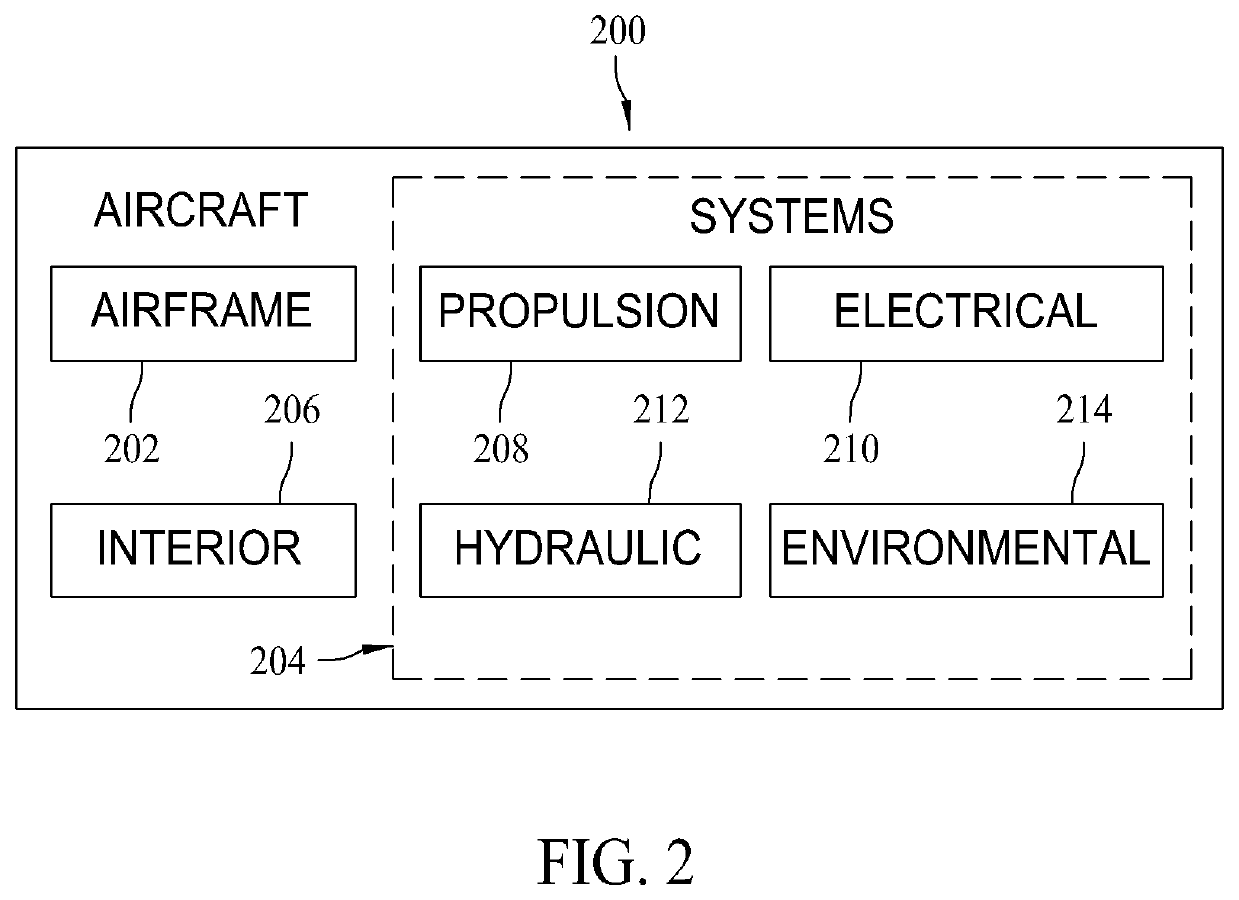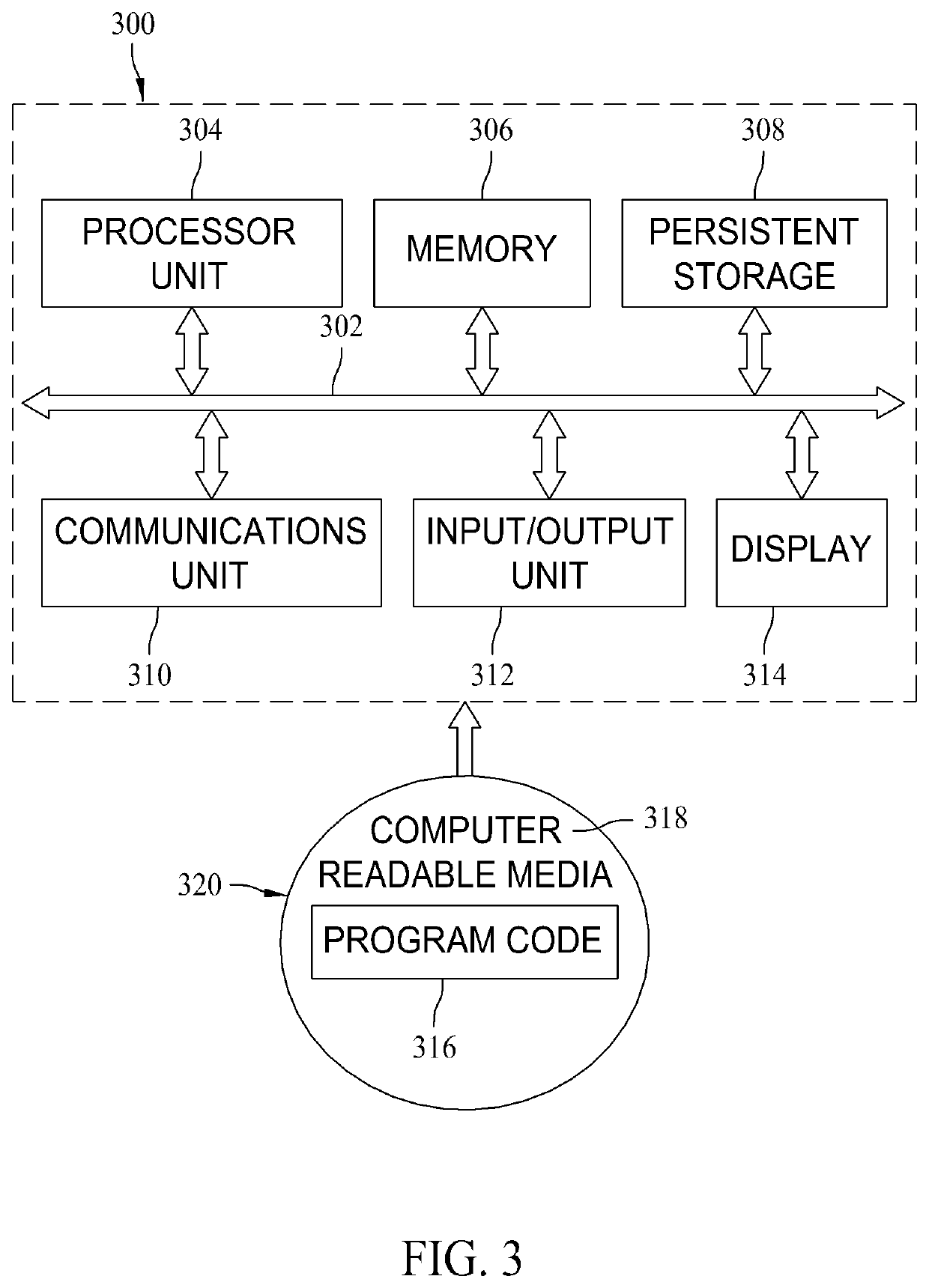Step analysis process steps within a fleet performance optimization tool
a technology of fleet performance and optimization tool, applied in the direction of process and machine control, vehicle position/course/altitude control, instruments, etc., can solve the problems of not quantifying the total system health of a vehicle, and no scheduled maintenance practice established that eliminates all the possible scenarios relating to reliability and performance, and achieves the effect of facilitating actual replacement of at least one componen
- Summary
- Abstract
- Description
- Claims
- Application Information
AI Technical Summary
Benefits of technology
Problems solved by technology
Method used
Image
Examples
Embodiment Construction
[0020]The systems and methods described herein relate to an enhancement of an existing fleet performance optimization tool (FPOT), which includes a function that illustrates the overall effect on vehicle health for a fleet of vehicles when component replacements within the vehicles are simulated. The described enhancement allows the user to simulate the replacement of a component, and then reassess the overall health of the vehicle.
[0021]One purpose of FPOT described herein is to determine the vehicle (e.g., aircraft) with the highest rate of mission readiness. To make such a determination, the FPOT performs an analysis on every component installed in a given vehicle type, calculates the inherent reliability of each component over its lifespan, identifies the last replacement for each component on each vehicle in the data set, and forecasts the probability of future component removals.
[0022]The cumulative results are then used to rank the vehicles. One problem solved by the describe...
PUM
 Login to View More
Login to View More Abstract
Description
Claims
Application Information
 Login to View More
Login to View More - R&D
- Intellectual Property
- Life Sciences
- Materials
- Tech Scout
- Unparalleled Data Quality
- Higher Quality Content
- 60% Fewer Hallucinations
Browse by: Latest US Patents, China's latest patents, Technical Efficacy Thesaurus, Application Domain, Technology Topic, Popular Technical Reports.
© 2025 PatSnap. All rights reserved.Legal|Privacy policy|Modern Slavery Act Transparency Statement|Sitemap|About US| Contact US: help@patsnap.com



